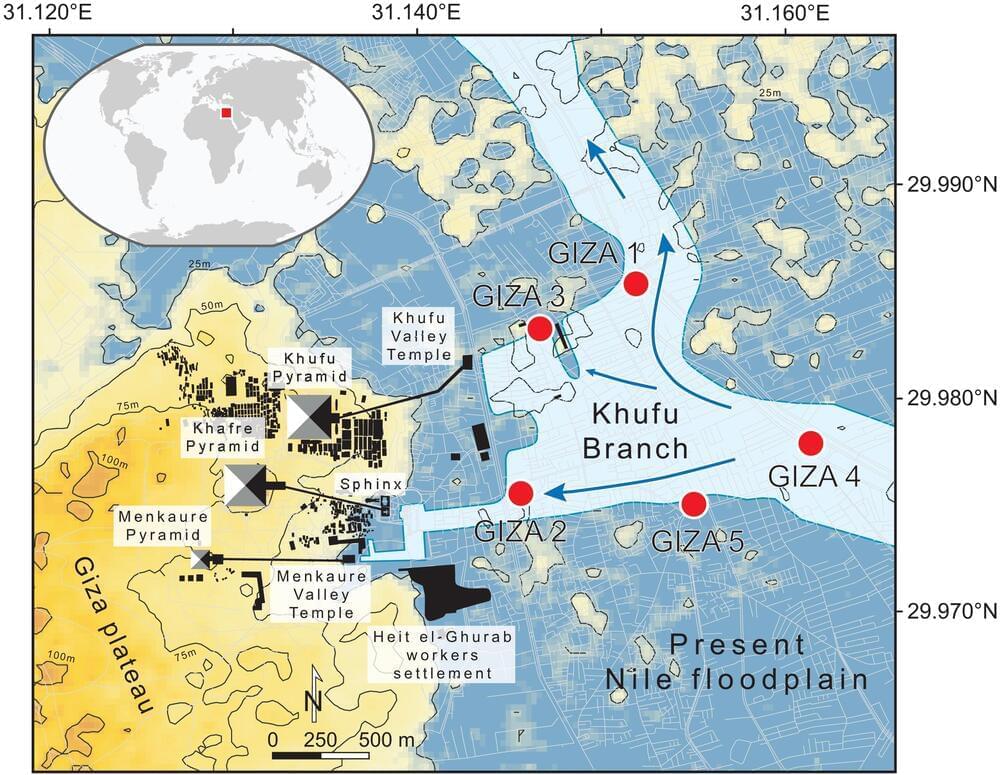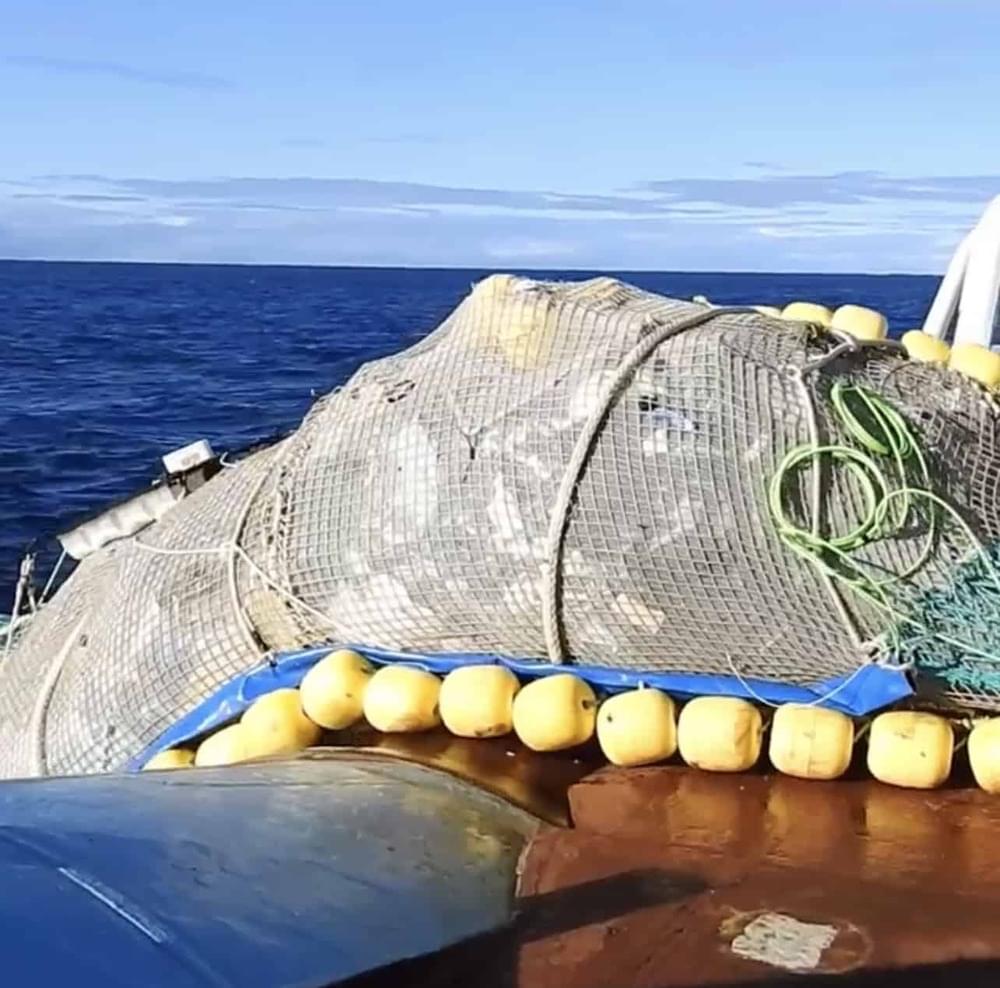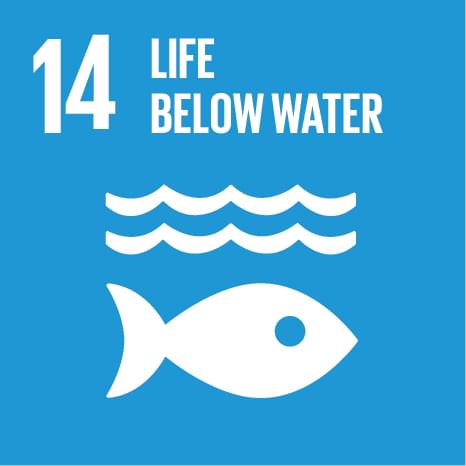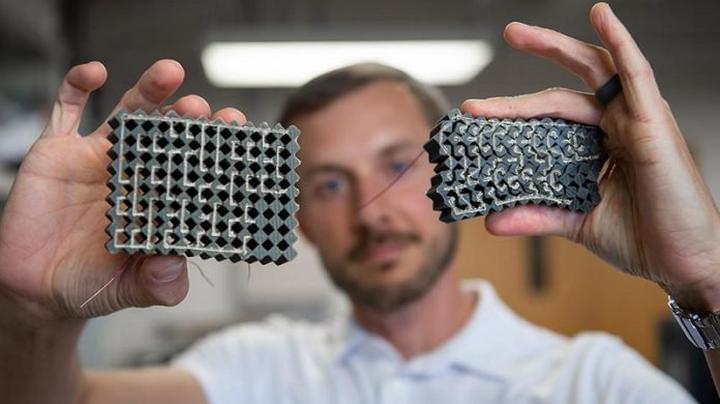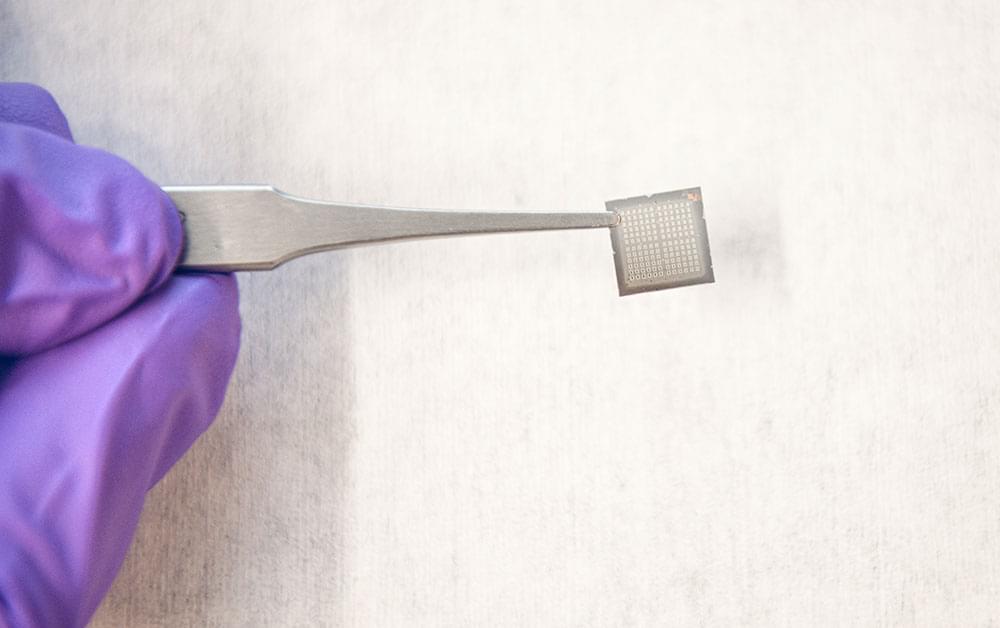Ancient engineers might have built a canal on the Nile.
No one has solved the mystery of the Giza pyramids for centuries. Although archaeologists and scientists have tried to reveal how they were made over the years, it is difficult to say the “exact method” for sure. However, very recently, an idea has been put forward by researchers about how the pyramids were built.
According to a recent study — published in PNAS in August. 29 —the pyramids of Giza may have been built using a former arm of the Nile River. This river branch would have served as a navigable route for the transportation of goods not previously known.
The pyramids of Giza constitute one of the world’s most iconic cultural landscapes and have fascinated humanity for thousands of years. Indeed, the Great Pyramid of Giza (Khufu Pyramid) was one of the Seven Wonders of the Ancient World. It is now accepted that ancient Egyptian engineers exploited a former channel of the Nile to transport building materials and provisions to the Giza plateau. However, there is a paucity of environmental evidence regarding when, where, and how these ancient landscapes evolved. New palaeoecological analyses have helped to reconstruct an 8,000-year fluvial history of the Nile in this area, showing that the former waterscapes and higher river levels around 4,500 years ago facilitated the construction of the Giza Pyramid Complex.
